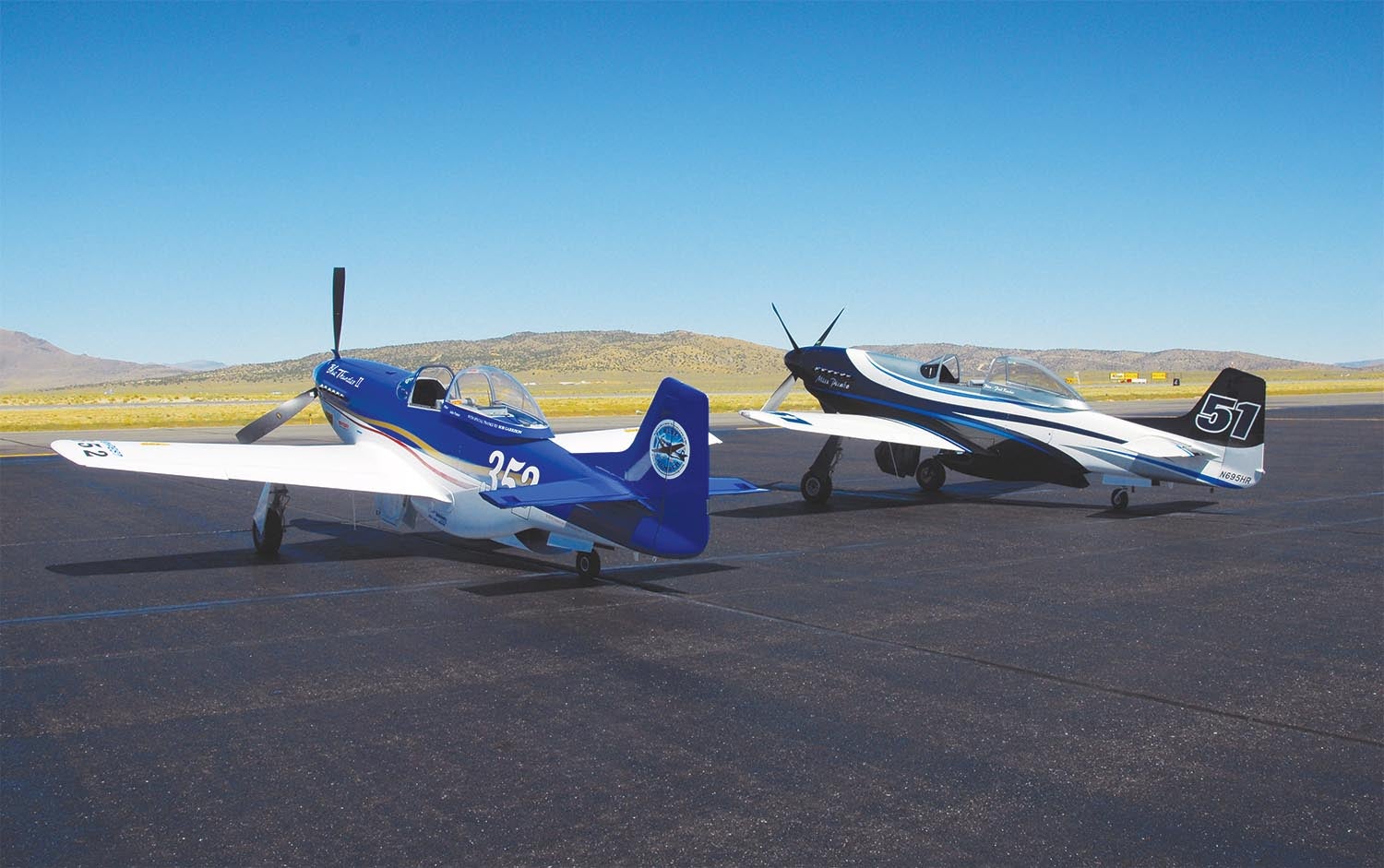
Some of my fondest memories are nestled in the early days of various race weeks—a special time in which those in the Sport Class are able to laugh a little louder and drive golf carts a little faster before spectators roll in. We meet in Reno and gather ‘round the very thing that drove us there in the first place: some kit airplane that got so far under our skin it changed the trajectory of our lives.
Try as we might, race week isn’t devoid of emotion. Everything happens fast, creating an unstable environment capable of inducing one’s highest highs, lowest lows and every feeling in between. I’ve seen my September family laugh and I’ve seen them cry. While a lot of mechanical support goes into helping our pilots turn left, it’s become increasingly obvious that mental support is equally important. Sure, these kits are what initially drove us here, but it’s the people who keep us coming back.
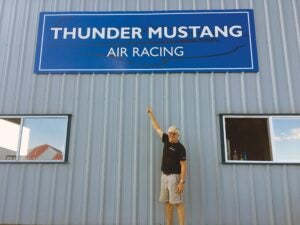
Over the last few years, much of our Sport Class camaraderie has taken place in a hangar at Reno Stead owned by Fred Roscher, Lisa Hatamoto, Mathias Haid and Peter Balmer, which we often refer to as the Thunder Dome, since these four are at the core of Thunder Mustang air racing. We spend the week floating in and out of their hangar, catching up over dinners and borrowing their supplies, all while local mechanic Mike Cummings offers comedic relief and tools that may or may not belong to him. They offer light when we need to work through the night, a clean restroom when we’ve had it with port-a-potties and when it’s time to leave they’re nice enough to let us leave our broken airplanes with them to be retrieved at a later date.
Last year the Thunder group celebrated Mathias placing first in Sport Gold in his Thunder Mustang and Peter in second in his and Fred’s Lancair Legacy—two very deserved wins for such a hardworking team. But how did the Thunder Dome become a sort of safe haven for us and why are these people so dang thoughtful? Let’s back up.
Before My Time
Fred and Lisa are partial owners of a defunct airplane company, a self-imposed title they jokingly declared as they explained to me what happened to former kit manufacturer Papa 51 in Idaho—more on that in a bit. They built a 3/4-scale composite Thunder Mustang, which led them to the air races in Reno, a place they now call home after deciding to leave Silicon Valley or the “land of plenty,” as Lisa described it, and move to the Biggest Little City.
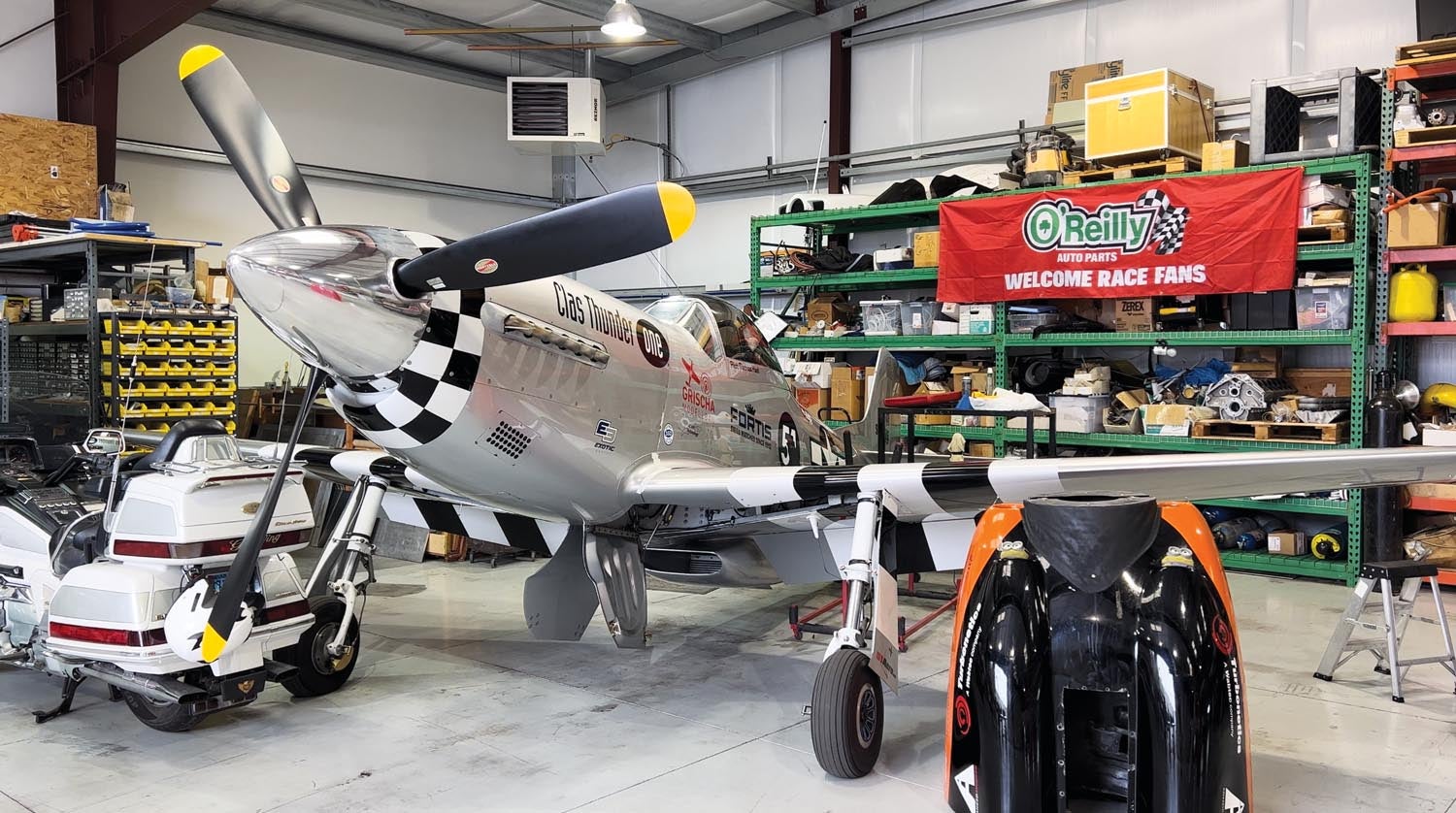
In 1997, Fred decided he wanted to build an airplane, so he and Lisa started weighing their options—wood, metal or composite? They bounced around AirVenture and evaluated their top three very different choices: a Christen Eagle, an RV-6 and a Thunder Mustang. Struggling to decide between splinters, razor-sharp burrs or itchy forearms, Fred decided to call his uncle, who was building Lancairs in his barn in Pennsylvania, for some advice. “You’re probably only gonna build an airplane once in your life, so pick the one you really want,” Fred recalled him saying. “So we picked the Thunder Mustang.”
The weekend Fred and Lisa took delivery of their wing kit, Papa 51’s prototype crashed and they never sold another Thunder Mustang kit again. Fred, Lisa and roughly 23 other people who had Papa 51 kits formed a company called the
Thunder Builders Group to continue production of the kit, which allowed Fred and Lisa to get the remainder of their parts, including their fuselage kit and engine. They became owners of all the intellectual property, parts, materials and molds. The builders group looked for someone to take the company and put it back into production, but unfortunately their search didn’t lead to success. They sold the parts to a guy in Washington state and haven’t heard much about it since—a story that felt familiar to me as I watched the Glasair legacy series capsize, the owners coming together on the online forum to construct their own life raft.
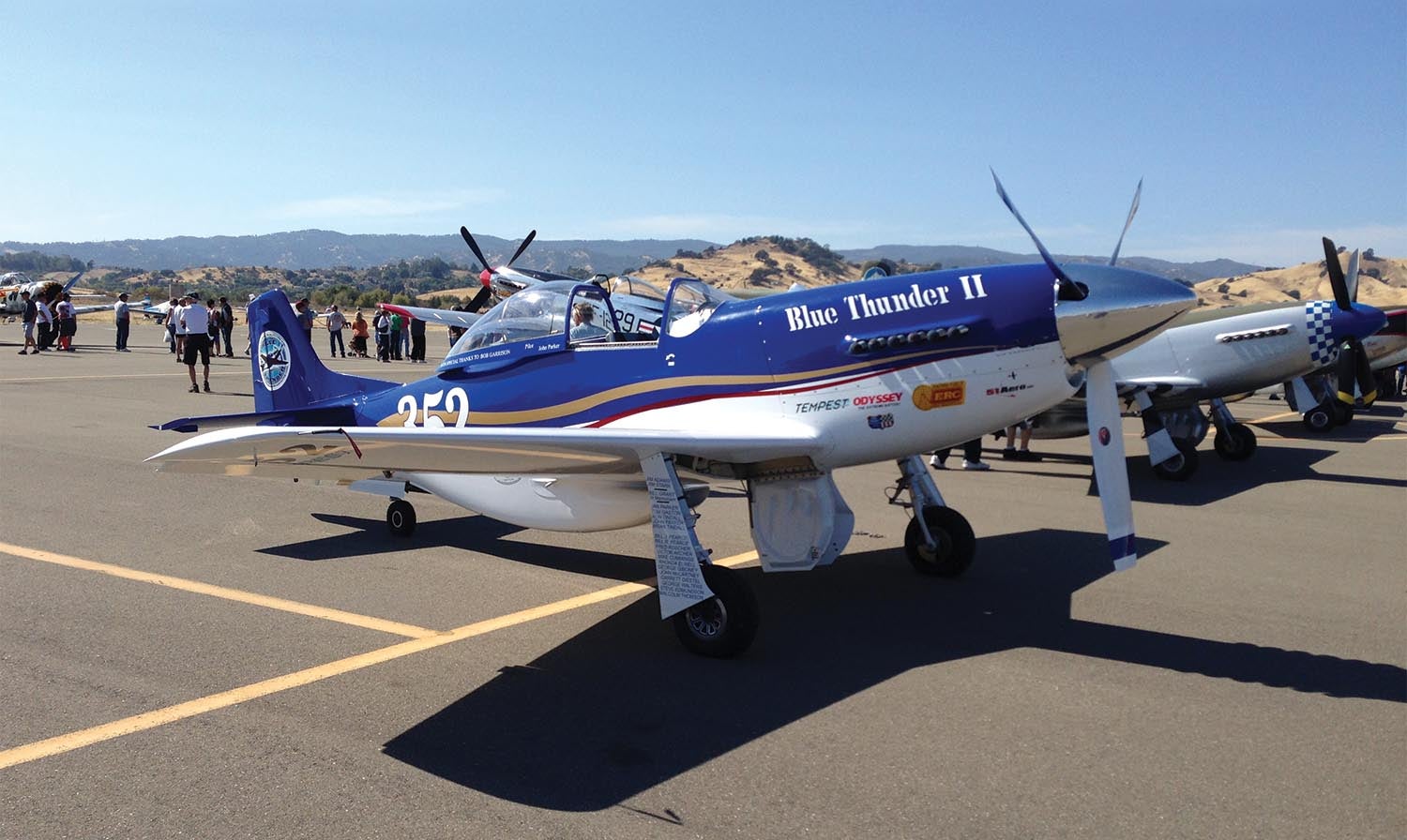
The Late, Great John Parker
Fred and Lisa made their first trek to Reno in 1997 to watch Dave Morss race Papa 51’s factory prototype—in Unlimited, just prior to the formation of Sport Class—and gain a sense of what they would soon be getting into. It’s here where they met legendary air race pilot John Parker, who was an undeniable icon in the Thunder Mustang world and someone they’d soon call a close friend.
John started racing in Reno in the 1970s and had his first big win in 1977 in the Formula One Class in his airplane, Top Turkey, which would be the first of three Formula One wins for John. When Sport Class became a thing in 1998, John was an inaugural part of it, placing fourth in Gold in his Glasair III. John went on to race his Thunder Mustang, Blue Thunder, which landed him second in Sport Gold the first year he raced it in 2002. In 2011 John rolled up in Blue Thunder II and took first in Sport Gold and did so again in 2015. His Reno Stead-based business, American Air Racing, offered builder support and provided speed modifications for kit aircraft, including Thunder Mustangs, Lancairs and Glasairs.
Back in the day, John would host “Thunder over Reno” parties at his place and invite other Thunder builders to watch the air races, have a meal and discuss the never-ending quest for more speed. “One of the reasons why we currently like to host things and activities at our hangar stems from that tradition that we experienced with John Parker—of having dinners every night and being part of a group at the Reno Air Races,” Lisa said. “So it’s kind of nice that we have the opportunity to continue that, now with the whole Sport Class.”
John helped Fred with the construction of his fuselage and Fred developed and performed telemetry for John and became his main ground support when he raced. Fred’s an electrical engineer and computer scientist so he was very much involved in John’s custom electrical requests in Blue Thunder II, like building the circuitry to control John’s electric prop governor and creating an automated fuel pump switching device.
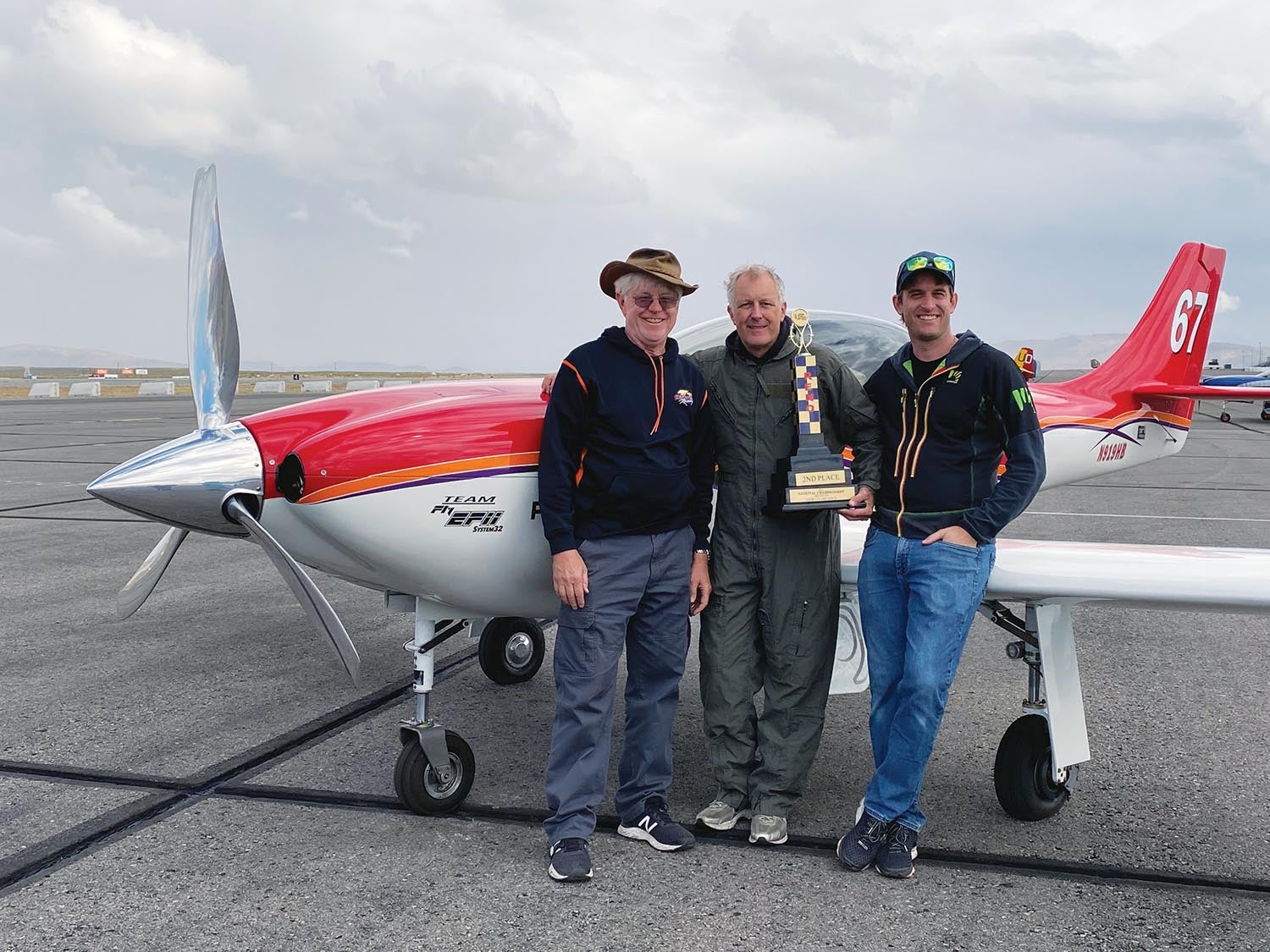
Fred worked on his and Lisa’s Thunder Mustang, Miss Picabo, for 13 years— their daughter being its namesake. He primarily built it in their home in Cupertino, California, but as things progressed they moved it up to Reno, where John could lend a helping hand. “He was such a craftsman,” Fred reminisced. “Once we got in there and started doing it, it became very obvious that we didn’t need to have a manual. The company never finished producing manuals. But with John’s help we could figure things out. And if we needed a special part or anything like that, we could build it.”
After years of commuting to and from Reno, Fred began to reevaluate their living situation and realized it didn’t make sense for them to stay in a high-cost area like Silicon Valley. After a little nudging, Lisa agreed, so they bought a house and small hangar and made the move to Reno in 2018. Unfortunately, a few weeks after settling in John passed away in a tragic airplane accident in Blue Thunder II. John’s life revolved around aviation. He was a retired military and American Airlines pilot, as well as an airframe and powerplant (A&P) mechanic and authorized inspector (AI) who spent years working on airplanes and racing them. He was truly an inspiration.
Miss Picabo
After years of hard work, Miss Picabo was complete. John did the first flight and Fred the second. Understanding the risk, Lisa never went up in the airplane, but she does hold a pilot certificate. Miss Picabo went on to race one year in 2013, piloted by Brant Seghetti, and in 2014 Fred went through Pylon Racing Seminar (PRS) and earned his race card in it.
About a month after PRS, Fred and his friend Jim Adams, a key player in building and maintaining Fred’s Thunder Mustang, were out flying Picabo and experienced an engine failure. They had to make an emergency landing on Pyramid Highway and struck a pickup truck in the process. It ripped the landing gear off, spun them around and ruptured both fuel tanks.
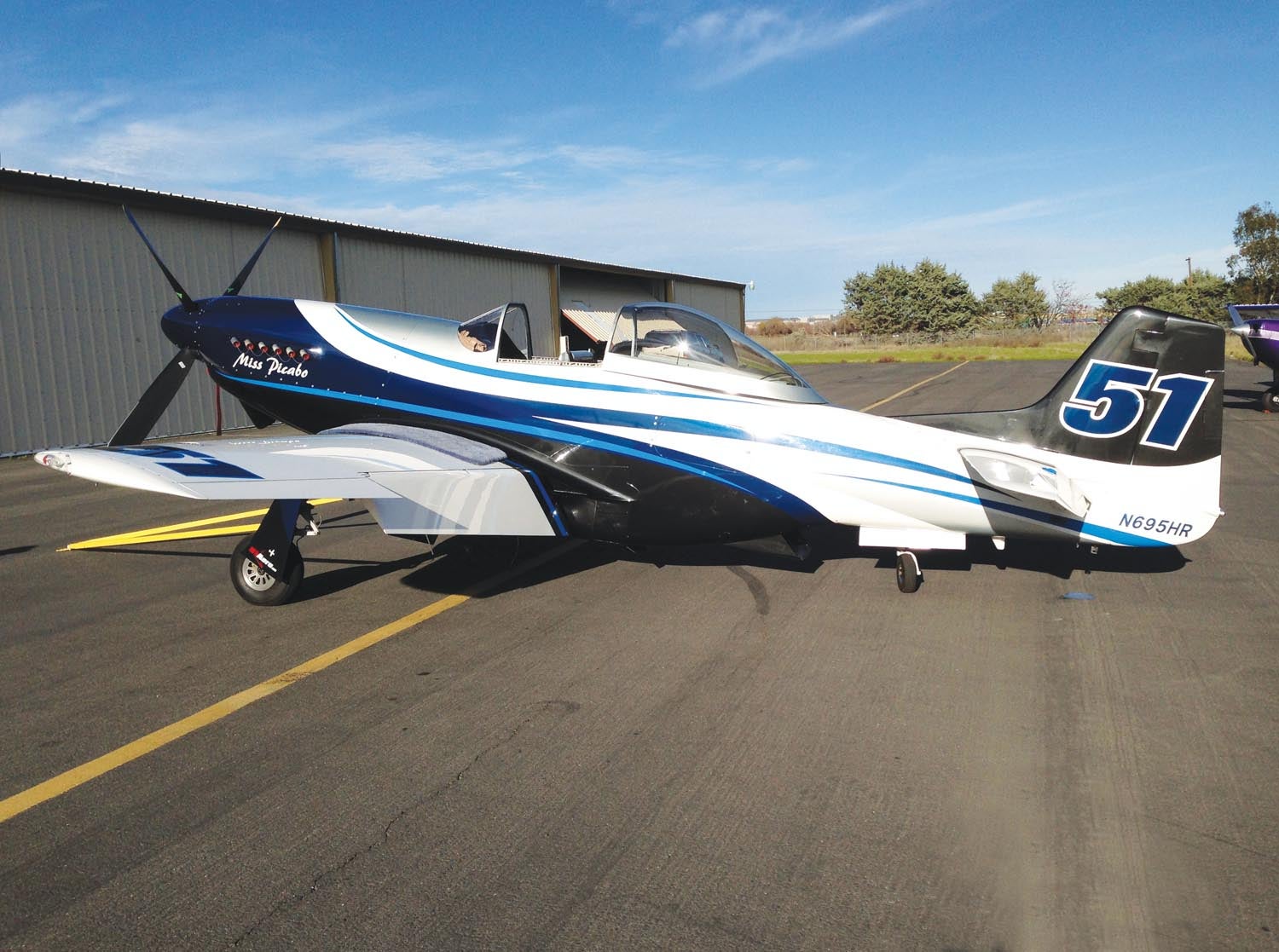
If it wasn’t for Jim, they wouldn’t have made it out of the airplane before it caught fire. Jim was able to reach the canopy release cables, freeing them before the fire started. Thankfully they made it out, but to their dismay the fire consumed the entire airplane.
Lisa asked Fred if he regrets picking the Thunder Mustang and the answer was an immediate, yet calm, no. “It’s kind of like you, you look back on life and, you know, had we done something like pick the RV, we would’ve never met up with John. We would have never been part of the air racing scene or had all of the friends we have right now,” Fred said. “Life would’ve been completely different and you know, even in spite of the fact of losing the airplane, I think it was still a really great experience and, you know, a really fun time.”
Nowadays
A lot has changed for Fred and Lisa since their first introduction to Papa 51. For starters, they met Peter and Mathias, who have both owned and raced Thunder Mustangs produced by Papa 51, which is how they met Fred and Lisa. Peter is a corporate pilot who runs a skydive operation in Switzerland. He sometimes ferries PC-12s for Pilatus from the factory in Switzerland to the finishing shop in Denver. Mathias is from Austria and Sweden and is a pilot for Lufthansa. He also serves on the board of directors for his family business, Clas Ohlson. Both are avid race addicts and come to Reno multiple times a year to get their fix. “It’s always fun to compare the differences in general aviation in the U.S. from Europe,” Fred said. “Air racing Reno style is something that could never happen in their home countries.”
Fred and Lisa also have their own company, 51 Aero, which provides telemetry and equipment for race pilots, including Peter and Mathias. They’ve helped a number of other racers over the years, including the Rare Bear team during the airplane’s final race days and even a Red Bull race team.
I like to think I know a bit about Glasair history and even less about Lancair history, but I truly didn’t know hardly anything about Thunder Mustang history prior to writing this. We all have a favorite and it was really fun learning more about these guys. See you in September!
Photos: Fred Roscher and Ariana Rayment.














Nice piece Ariana! Great article highlighting truly superb people whom I am most fortunate to know or, in John’s case, known. RIP.
Thanks Mark! I turned this piece in right before we got the news about the air races leaving Reno Made me even happier to have covered these guys. See you in Sept
Made me even happier to have covered these guys. See you in Sept